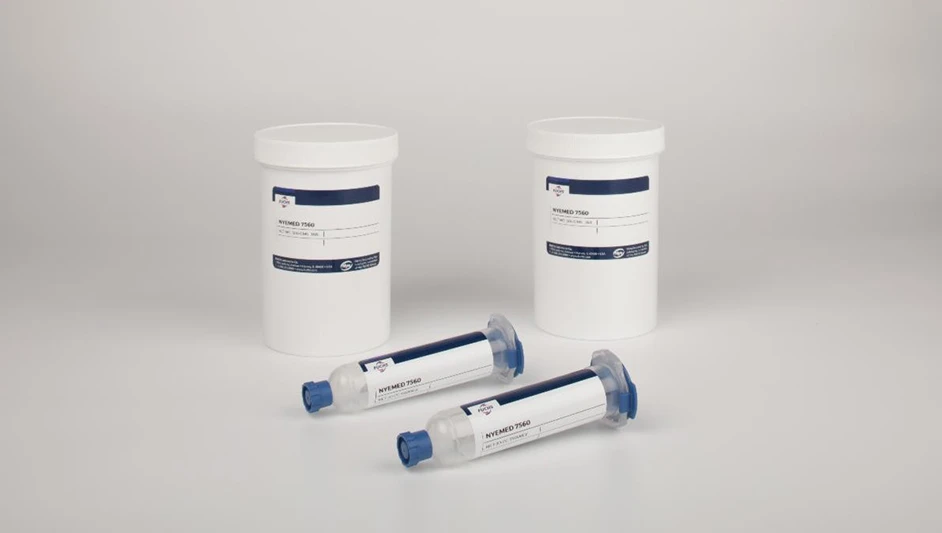
OnSemi
Medical technology has come a long way in the past few decades. Advances in semiconductor technology have greatly impacted the modern medical device industry. Semiconductors are used in designing and developing powerful medical devices due to their ability to precisely control electrical currents. This has allowed the creation of innovative products that can effectively detect, diagnose, and treat various medical conditions.
Smart devices, such as wearables and other monitoring systems, are helping to revolutionize the world of healthcare. These advanced medical devices diagnose and treat various ailments, from cancer to cardiovascular disease. By integrating semiconductor technology, medical device designers have opened up a world of possibilities for the advancement of medical science. This article will explore the role of semiconductors in developing innovative medical technology.
Advancements in semiconductor technology
Here are some ways in which advancements in semiconductor technology have created more advanced medical devices:
1. Miniaturization – Semiconductor technology has allowed the miniaturization of electronic components, allowing the development of medical devices that are smaller and more portable. This has enabled medical professionals to use devices closer to patients, such as bedside monitoring systems or implants that can measure vital health information directly in the body.
2. Improved sensing capabilities – Advances in semiconductor technology have allowed for improved sensing capabilities in medical devices. These capabilities can detect small changes in the body's biological signals and provide real-time feedback to healthcare professionals. This helps them to diagnose medical conditions more efficiently and guide more effective treatments for patients.
3. Wireless communication – Wireless communication technologies are increasingly used in the medical field, allowing for remote monitoring, medical data transmission and storage, and access to patient records. This has made it easier to access patient information, which has improved patient care. Additionally, this has improved the accuracy and speed of diagnosis and treatment, which has benefited patient health.
4. Improved imaging – Advanced semiconductor technology has allowed the development of more advanced imaging technologies, such as MRI, CT, and PET scans. These technologies enable doctors to diagnose various medical conditions and identify potential treatment options accurately. This has improved healthcare outcomes and allowed for better, more efficient patient care.
The role semiconductors play in creating more advanced medical devices
Semiconductors are crucial in creating more advanced medical devices, such as wearable sensors and imaging devices. Here are some ways semiconductors are used in these types of medical devices:
1. Wearable sensors – Wearable sensors are semiconductor-based microelectromechanical systems (MEMS) that can monitor physiological parameters such as heart rate, body temperature, and movement. These sensors are relatively small, therefore, easy to wear.
They can collect data in real-time, enabling continuous patient health monitoring. By connecting these sensors to wireless communication technology, data can be transmitted to healthcare providers remotely for further analysis. Wearable sensors can provide an effective and convenient way to track health status and assist with diagnosis and treatment.
2. Implantable devices – Implantable devices are medical devices usually placed inside the body, often surgically. Some implantable include pacemakers, defibrillators, insulin pumps, programmable drug infusion pumps, cochlear implants, cardiac resynchronization therapy devices, and implants used to correct spinal deformities.
They are used in various applications, such as controlling seizures, regulating heartbeats, and even providing replacement limbs. These devices typically use semiconductors to control power and electrical signals according to pre-programmed instructions. With the aid of semiconductor technology, these modern medical marvels are increasingly capable of providing advanced treatments and improving patients' lives worldwide.
3. Diagnostic devices – Diagnostic devices are tools used to detect and diagnose various medical conditions. These devices use semiconductor technology to enable accurate and rapid diagnosis. Sensors such as biosensors can be integrated into wearable technology to monitor vital signs and health indicators.
Point-of-care testing devices are portable and can be used in remote locations or resource-limited settings where traditional laboratory testing is unavailable. DNA sequencing technologies use semiconductor chips to read and analyze an individual's genetic code, providing valuable insight into disease risk and treatment efficacy. Together, these devices are helping to revolutionize the diagnosis and treatment of medical conditions.
4. Imaging devices – Imaging devices capture medical images, such as X-rays, CT scans, MRIs, and ultrasounds. These images are essential for diagnosing and treating illnesses and diseases. Semiconductors play a critical role in powering and controlling these devices and processing the large amounts of data they generate.
Semiconductor materials convert X-rays into electrical signals and create the magnetic fields used in MRI machines. Semiconductors also enable advanced image-processing algorithms that can improve the accuracy and resolution of medical images, helping to provide better diagnoses and treatments.
Latest from Today's Medical Developments
- Forkardt Hardinge strengthens market position with ATS Systems acquisition
- July is for learning – so drop in for this month’s second Manufacturing Lunch + Learn
- MMT expands capabilities with acquisition of Comco
- Essential strategies to protect your data
- TT Electronics achieves ISO 13485 medical certification at Mexicali EMS facility
- Boost productivity with Nidec's innovative MGC300
- Meet AEON: the future of humanoid robotics
- Okuma: Extraordinary Starts Where Limits End






